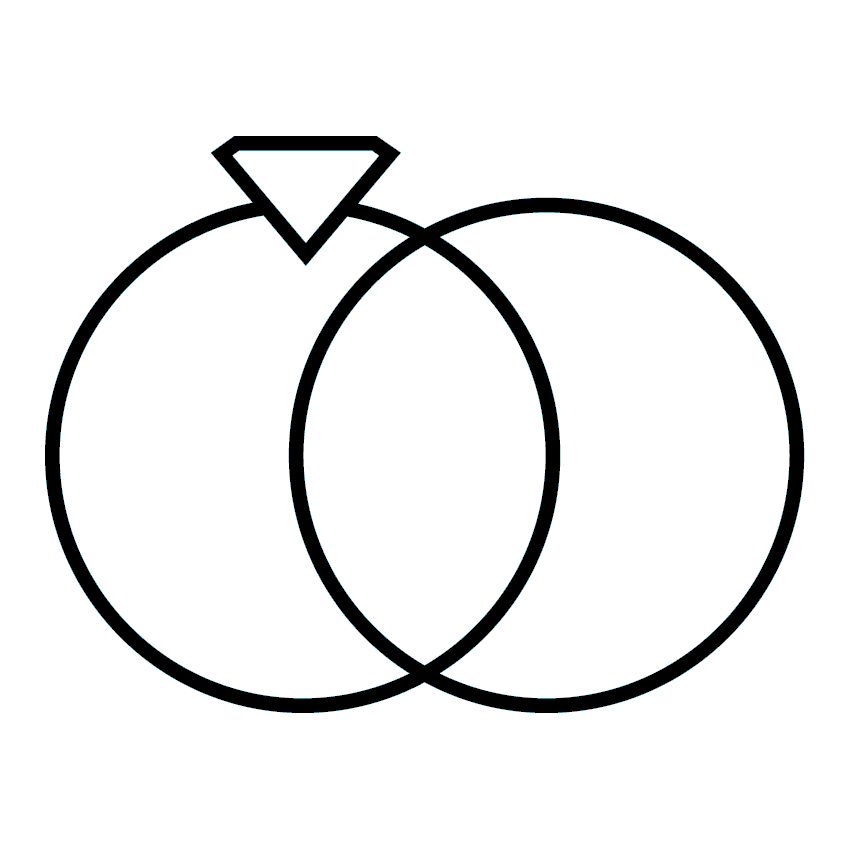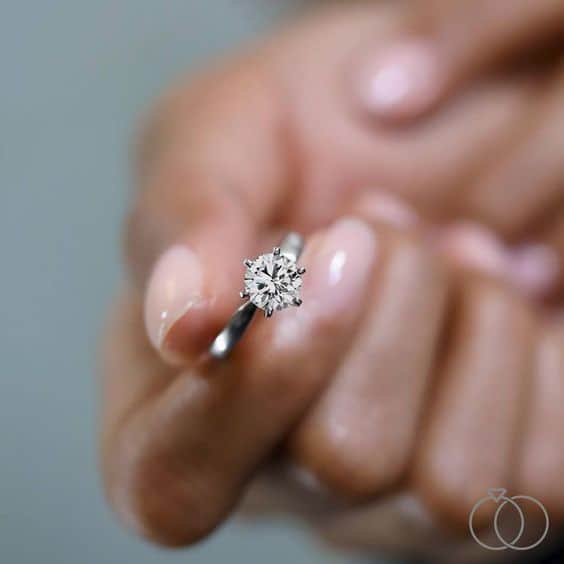From earth to rough to final polished diamond, there are a lot of choices to be made before your diamond becomes your diamond. Perhaps most important….what kind of diamond can the piece of rough be transformed into? The shape? The size? Every single cut, detail and proportion. And, what terminology refers to these choices and the final, beautiful end result? Let’s define the terms that define your diamond.

What Is The ‘Girdle’ Of A Diamond?
In days gone by, “girdles” were invented to hold in the widest part of a woman’s body. With a diamond, this widest part of the diamond is actually referred to as the The Girdle. It’s the perimeter of the diamond. Usually the girdle is the part of the diamond that’s used to hold it in place in the ring setting.
What Is The ‘Crown’ Of A Diamond?
If we picture the girdle as the widest part, then the portion of the diamond above the girdle is the CROWN. The crown is topped off by the table-usually large and flat which happens to be the biggest facet on the diamond. This is where light enters the diamond and the brilliance begins.
What Is The ‘Pavilion’ Of A Diamond?
In a diamond, the pavilion is the space below the girdle. This is frequently the noticeable “V” shape of the base of the diamond. The pavilion acts “behind the scenes” and is the part of the stone that reflects light back through the crown at the viewer.
What Is The ‘Culet’ Of A Diamond?
The culet is a facet cut at the very tip of the bottom of the diamond. This facet is cut to help protect the diamond from splitting or cleavage. It also keeps the fragile tip from being chipped. Culets are sometimes cut parallel to the table of the diamond adding more brilliance and refraction.
What Is The ‘Table’ Of A Diamond?
The “table” of a diamond is actually the largest facet of all, and it is the flat facet at the very top of the diamond. That’s where the most light enters and reflects back out. Some people call it the “face” of the diamond. If by chance you have an actual table that you serve dinner on, which is also a diamond, consider yourself very lucky.
What Is The ‘Table Spread’ Of A Diamond?
The table spread is the percentage of space that the table takes up of the entire area of the crown. This can determine the amount of light let into the diamond and the diamond’s overall performance.
- Jewelry Gifts For Your Bridesmaids and Maid of Honor - July 6, 2025
- Colorful Men’s Wedding Bands - July 1, 2025
- Boho Chic: Colored Gemstone Jewelry, Engagement Rings, and Wedding Bands - July 1, 2025

